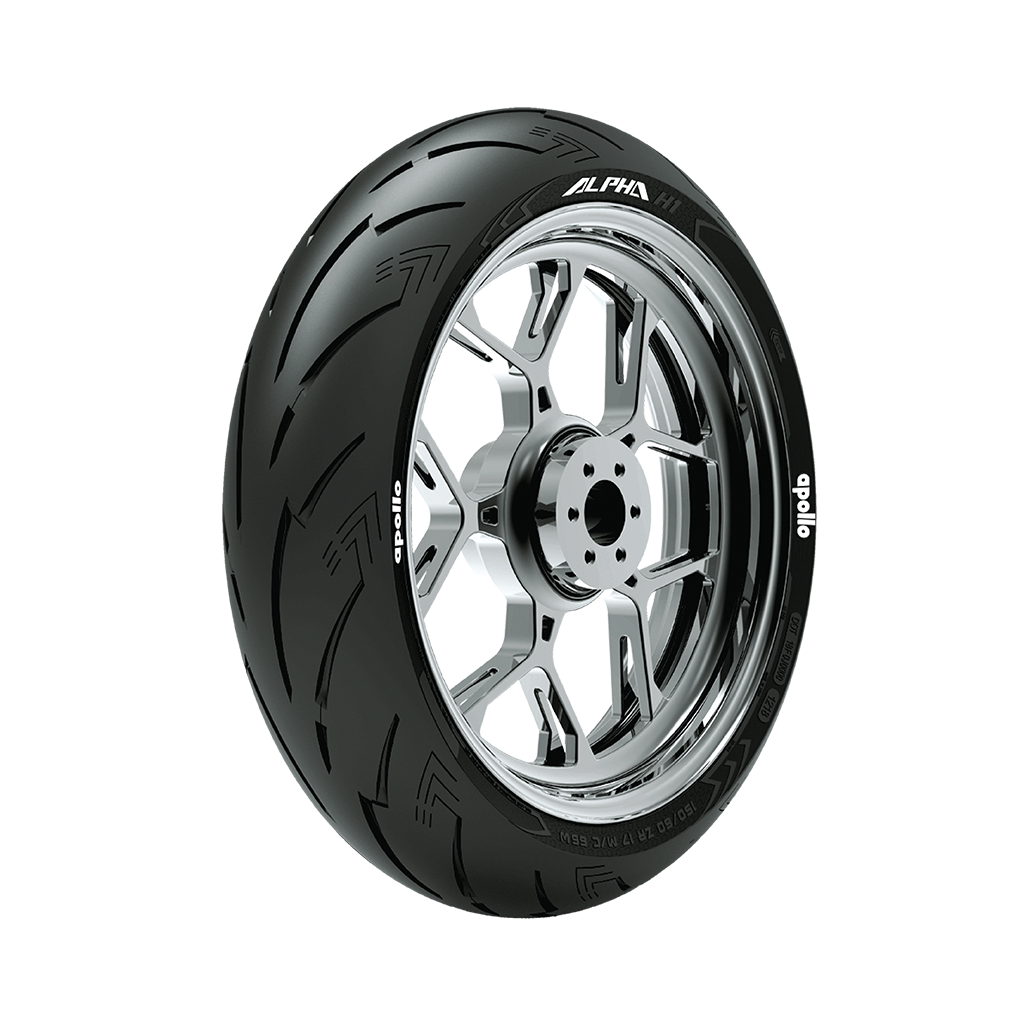Bike Tyre Sizes Explained: Choosing the Best Fit for Your Racing Bike

Strong 8k brings an ultra-HD IPTV experience to your living room and your pocket.
When enhancing performance, speed, and control in competitive cycling, selecting the right bike tyre sizes is crucial. Whether you are an experienced racer or a beginner looking to optimize your ride, understanding the different racing bike tyres available can make a significant difference. From road racing to time trials, choosing the ideal tyre size ensures a balance between grip, aerodynamics, and rolling resistance.
In this article, we will explore the importance of bike tyre sizes, factors influencing your choice, and how to find the best fit for your racing bike tyres.
Understanding Bike Tyre Sizes
Bike tyres come in different diameters and widths, each serving a unique purpose. The most common sizes for racing bike tyres are:
700c x 23mm – Traditional racing tyre size offering minimal rolling resistance and high speed.
700c x 25mm – A balance between speed and comfort, widely used in competitive cycling.
700c x 28mm – Provides enhanced grip and shock absorption, ideal for endurance racing.
The "700c" refers to the tyre diameter, the standard size for road bikes, while the width (23mm, 25mm, 28mm) impacts comfort and performance.
ISO and ETRTO Standards for Tyre Sizing
Tyre sizes are also measured using the ISO (International Organization for Standardization) and ETRTO (European Tyre and Rim Technical Organization) standards. For example, a 700c x 25mm tyre is equivalent to 25-622, where:
25mm represents the width
622mm is the bead seat diameter (BSD), indicating rim compatibility
Understanding these standards helps cyclists select tyres that fit their rims perfectly.
How to Choose the Right Bike Tyre Size for Racing
Selecting the correct bike tyre sizes depends on various factors such as terrain, riding style, and competition type. Below are key considerations:
Terrain and Road Conditions
Smooth roads: Opt for 23mm or 25mm tyres for reduced rolling resistance and maximum speed.
Rough or uneven roads: Choose 25mm or 28mm tyres for better shock absorption and stability.
Wet or slippery conditions: Wider tyres provide more traction and better handling.
Speed vs. Comfort
Narrow tyres (23mm): Offer less contact with the road, resulting in higher speeds but reduced comfort.
Wider tyres (25mm or 28mm): Provide more cushioning, improving ride comfort without significantly compromising speed.
Air Pressure and Performance
Tyre width impacts the recommended air pressure:
Narrow tyres (23mm): Require higher pressure (100-120 PSI) to minimize rolling resistance.
Wider tyres (25mm-28mm): Allow lower pressure (80-100 PSI) for better grip and shock absorption.
The right balance between pressure and tyre width ensures optimal performance.
Types of Racing Bike Tyres
There are three primary types of racing bike tyres:
Clincher Tyres
Most common among road cyclists.
Features an inner tube that holds the air.
Compatible with most standard rims.
Easy to replace and repair.
Tubular Tyres
Used by professional racers.
The inner tube is sewn inside the tyre casing.
Glued directly onto the rim for reduced weight and better rolling efficiency.
Requires special rims and adhesives.
Tubeless Tyres
No inner tube, reducing the risk of pinch flats.
Allows lower air pressure for better grip.
Requires compatible tubeless-ready rims.
Ideal for endurance and all-weather racing.
Impact of Tyre Width on Aerodynamics and Rolling Resistance
Aerodynamics and rolling resistance play a crucial role in determining race performance.
Narrow tyres (23mm): Lower frontal area, reducing aerodynamic drag but may feel harsh on rough roads.
Wider tyres (25mm-28mm): Improved comfort and rolling efficiency, offering better control during long rides.
Recent studies show that 25mm racing bike tyres strike the best balance between speed, aerodynamics, and comfort, making them a popular choice among competitive cyclists.
Matching Tyre Size with Rim Width
Ensuring the correct bike tyre sizes for your rim width is essential for optimal performance. Here’s a general guide:
Rim Width (Internal)
Recommended Tyre Width
15mm
23mm - 25mm
17mm
25mm- 28mm
19mm
28mm- 32mm
Mismatching tyres and rims can lead to instability and poor aerodynamics.
Tips for Maintaining Your Racing Bike Tyres
To extend the lifespan and performance of your racing bike tyres, follow these maintenance tips:
Check Tyre Pressure Regularly – Inflate tyres to the recommended PSI for optimal performance.
Inspect for Wear and Tear – Look for cuts, punctures, and worn-out tread patterns.
Rotate Tyres – Swap front and rear tyres periodically to ensure even wear.
Use High-Quality Tyres – Investing in premium racing bike tyres ensures better grip, durability, and speed.
Conclusion
Choosing the right bike tyre sizes for your racing bike tyres is key to optimizing performance, speed, and comfort. Terrain, aerodynamics, and rolling resistance should guide your decision. Whether you prefer clincher, tubular, or tubeless tyres, ensuring the correct fit will enhance your racing experience.
For top-quality racing bike tyres, consider Apollo Tyres, a trusted brand offering durable and high-performance tyre solutions for cyclists of all levels.
Note: IndiBlogHub features both user-submitted and editorial content. We do not verify third-party contributions. Read our Disclaimer and Privacy Policyfor details.


